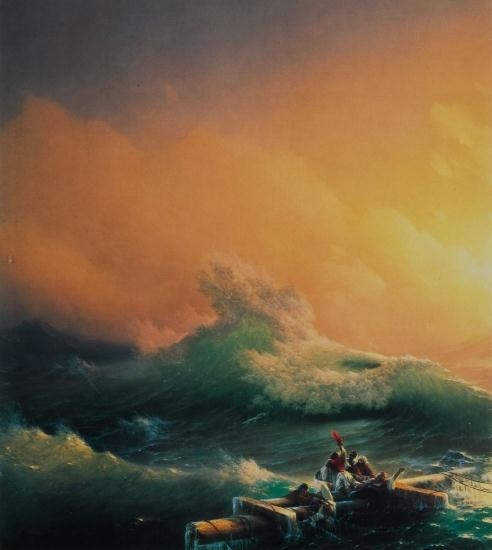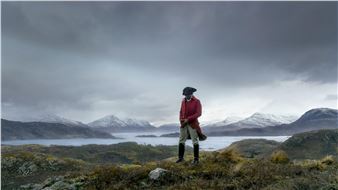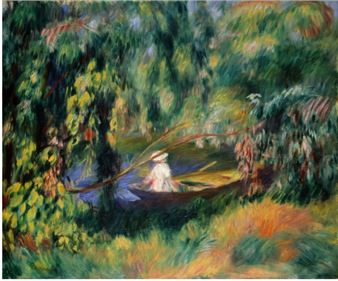IIvan Konstantinovich Aivazovsky: Painter of the Sea
Aivazovsky was born in the port of Feodosia (today the Ukraine) on the Crimean peninsula. He studied painting at the Imperial Academy in St Petersburg and became court painter to Tsar Nicholas I. He was much travelled ā€“ he accompanied Tsarist military troops as a marine painter ā€“ but he was always drawn back to his home on the Black Sea. The elemental might of the sea is a central subject in Aivazovskyā€™s great oeuvre. For Aivazovsky, it is the ocean that nourishes all life, but which possesses cataclysmic power. The painter does not wish to show a freeze-frame of the subject, but far more express a generally applicable statement: the symbolism of a ship on the high seas is an allegory of human life.
Becalmed, sun-and moon-reflecting waters alternate with billowing storm and turbulent spume. Forming an equal part of his repertoire are maritime coasts and land strips, urban views, ship manoeuvres, mythological scenes and gigantic wave pictures catapulting the beholder into the scene.
Aivazovsky dashed light, water and air at a helter-skelter work tempo onto large-format canvases. He was often compared to William Mallord Turner because of this: the two artists did actually know each otherā€™s work and held each other in high esteem. Like Turner, Aivazovsky did not work from nature but from memory.
Aivazovsky: Painter of the Sea is the first major Aivazovsky exhibition in a West European venue and shows a cross section of his spectacular oeuvre. Loans for this ambitious exhibition project are being contributed by the Aivazovsky Museum Feodosia, the State Russian Museum in St Petersburg and in Kiev, die Tretyakov Gallery in Moscow and numerous private collections.
Curators: Ingried Brugger, Lisa Kreil

Recommended for you
Aivazovsky was born in the port of Feodosia (today the Ukraine) on the Crimean peninsula. He studied painting at the Imperial Academy in St Petersburg and became court painter to Tsar Nicholas I. He was much travelled ā€“ he accompanied Tsarist military troops as a marine painter ā€“ but he was always drawn back to his home on the Black Sea. The elemental might of the sea is a central subject in Aivazovskyā€™s great oeuvre. For Aivazovsky, it is the ocean that nourishes all life, but which possesses cataclysmic power. The painter does not wish to show a freeze-frame of the subject, but far more express a generally applicable statement: the symbolism of a ship on the high seas is an allegory of human life.
Becalmed, sun-and moon-reflecting waters alternate with billowing storm and turbulent spume. Forming an equal part of his repertoire are maritime coasts and land strips, urban views, ship manoeuvres, mythological scenes and gigantic wave pictures catapulting the beholder into the scene.
Aivazovsky dashed light, water and air at a helter-skelter work tempo onto large-format canvases. He was often compared to William Mallord Turner because of this: the two artists did actually know each otherā€™s work and held each other in high esteem. Like Turner, Aivazovsky did not work from nature but from memory.
Aivazovsky: Painter of the Sea is the first major Aivazovsky exhibition in a West European venue and shows a cross section of his spectacular oeuvre. Loans for this ambitious exhibition project are being contributed by the Aivazovsky Museum Feodosia, the State Russian Museum in St Petersburg and in Kiev, die Tretyakov Gallery in Moscow and numerous private collections.
Curators: Ingried Brugger, Lisa Kreil

 ARTISTS
ARTISTS













